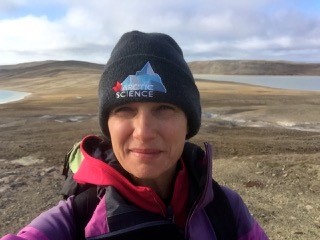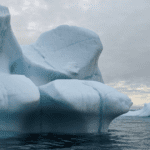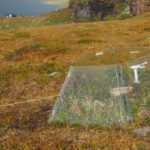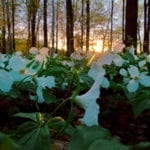Listen to our interview with Dr. Lafrenière or read the interview below:
Some of the questions and answers have been edited for brevity and clarity.
Congratulations Melissa on your appointment as Co-Editor of Arctic Science. A lot of people are grateful to you for taking on this challenge. Before we talk about your career, I wonder if you could tell us what attracted you to this role?
I guess what really motivated me was, in part, that the co-editor team that exists are people that I know well and I am very appreciative of the work they have put in—in building this from the ground up and I think they have done a really fantastic job with it. I think they are great people to work with.
But, really overall, I just think it’s an exciting opportunity to contribute to building an Arctic-specific platform that is open access. Both of those things are pretty important in my mind because Arctic science requires a journal that is going to allow for integrative science to be presented and science that is done a more holistic type of approach.
As well, I think it is critically important that we have an open access journal so that we can really communicate and involve the Inuit and northerners who don’t necessarily have access to journals that are behind paywalls. And we are conducting this research with the Inuit for the Inuit and also for the First Nations people from elsewhere in the Arctic. This work is critically important to them and their well-being, and they need access to these results.
You mentioned that integrative and cross-disciplinary publications resonate with your research. Would you say this type of research is a feature of Arctic science?
Well, I think more and more science is heading in that interdisciplinary direction, but I think increasingly so with Arctic science with climate change driving changes in everything.
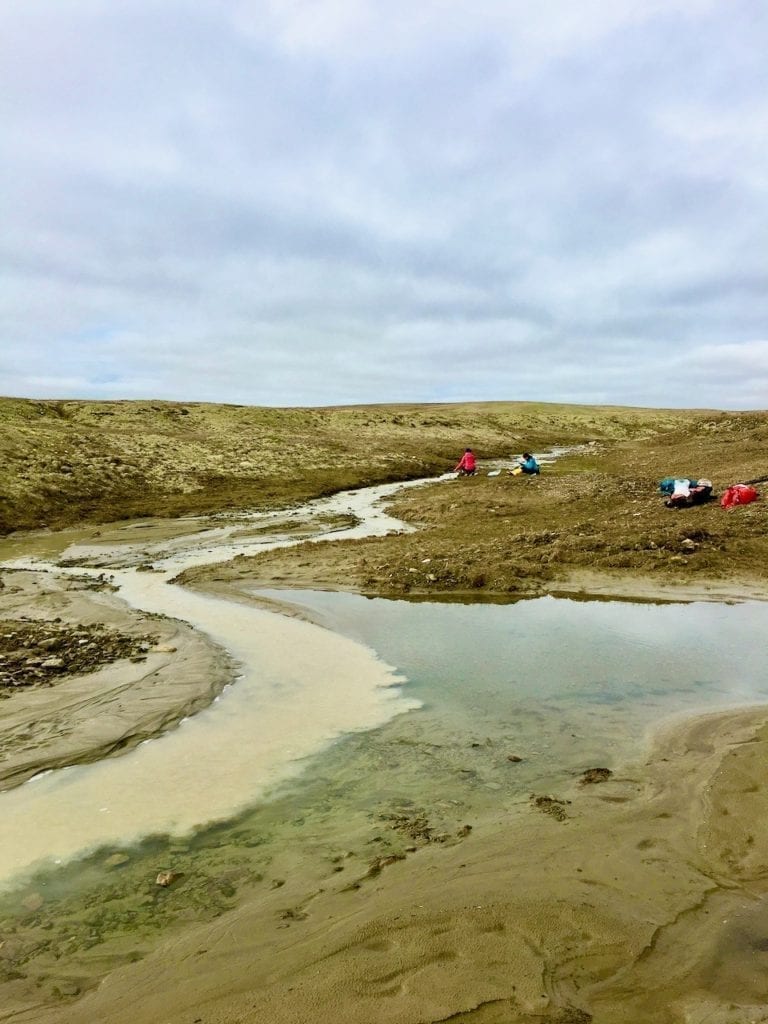
So, we’re acutely aware of those interconnections as well as from earlier work contaminants in the ocean food webs. It became obvious many decades ago that what happens in the Arctic food web is related to things going on around globally. Where pollutants are being released and where they are being deposited are two very separate things. So, it really requires integrative approach to understand the systems whether they be terrestrial, aquatic, or marine and to understand them from a systems standpoint and how climate and land and people interact with those systems.
Your research area is hydrology and your website says you developed that interest when you were young in the Upper Ottawa Valley. Do you remember the time when you first started thinking about the flow of water as something more than an aesthetic?
It is hard to recall a time when that became a conscious thought about the flow of the water. I was always aware of the flow of water, the height of spring floods, when and how it froze over, and when and how it broke up.
You also linked your career to your Algonquin ancestry. I wonder if you had a good example of how Indigenous People in the North are involved early on in the design of a research project?
Well, I know with the work at Cape Bounty, especially the work involving aquatic ecosystems and the aquatic contaminants research, right from the very beginning we involved a resident Debbie Iqaluk from Resolute Bay.
Really, it’s her Traditional Knowledge and skills in being able to catch fish and find them when they are not particularly healthy or abundant, and then her ability to dissect and understand what is going with these fish when we are trying to study these bigger systems. So, I think her Traditional Knowledge has been critical to our success with that aquatic ecology piece.
Gathering samples?
Yeah, gathering samples and also helping us see and understand what is happening with these fish. She will cut open a fish and see what’s in its stomach and even before knowing what is in its stomach, just looking at the first, she will be like “hmm, this one is not doing so well.” She just has a real understanding and knowledge about different indications of fish health and what’s going on with their feeding habits or inability to feed.
So, for people who are not familiar with Cape Bounty Arctic Watershed Observatory, could you help us visualize the site? Looking at the dot on the map, it appears quite remote.
It is quite remote. The jumping off point for how we get there is Resolute Bay and the Polar Continental Shelf Program which provides us with logistics. They provide us with charter aircraft hours, which we apply for. They provide us with a lot of equipment, tents, fuel, communications equipment and that kind of thing. We hop on a twin otter flight from Resolute. In the winter, we land on lake ice and in the summer months, we have a gravel strip. We fly in a few people at a time and set up camp.
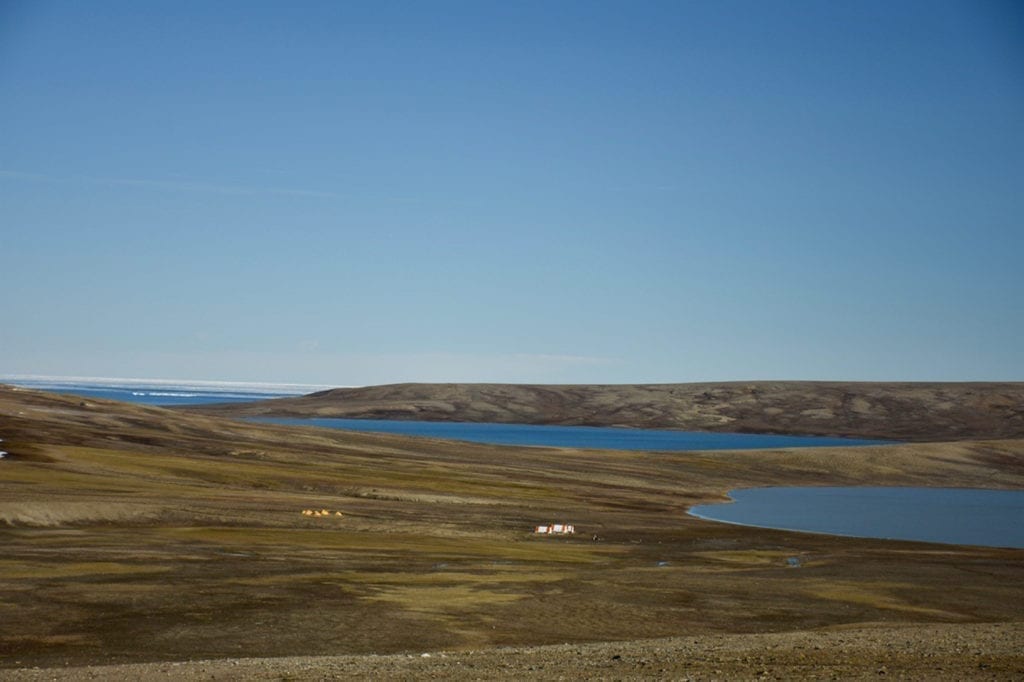
How long would you spend there yourself, typically, on a project.
I usually go for somewhere between two and three weeks total because it is not easy to get there and if you try to book for anything less than that you end up, sometimes, because of weather on one end or the other, with a very short field season.
I didn’t ask you specifically about the research you were doing yourself with the presumption that it was likely some integrated effort with different disciplines in a team.
Well, my research interests stem from hydrology, as we were talking about, and specifically, how the hydrology and water quality is responding to specific changes in the environment.
Changes are primarily driven by climate and anthropogenic changes relating to contaminants and pollution and CO2 which is driving the climate change. Really, I’m interested in understanding how water and water quality is changing in response to these drivers. So, I’m looking at things like carbon cycling and nutrient cycling and how changes in the land and water are driven by these anthropogenic and climatic changes.
Again, hydrology is so intimately tied to climate. Climate drives precipitation which is the main source of runoff, and in the Arctic we have this additional link to climate because we have frozen ground. So, there are temperature driven changes. If you have ice in the ground and it thaws that changes the shape of the land and therefore the way water flows and where it flows and so that’s where my interest lies—when you change the amount of the water and the flow path of that water, how does that affect what gets into the streams, what gets into the lakes, and how that affects the downstream.
Melissa, when you’re not up North or in your lab at Queen’s University, how do you like to spend your time?
I guess I spend most of my time outside of that with family and outdoors as possible, and hopefully a combination of the two. The two together is always great.
In the winter, my favourite thing would be to spend time with family skiing. In the summer, it is a lot of time gathering around a meal or when I go back home to Mattawa, it’s sitting around the table and activities at the beach.
It doesn’t surprise me that you would enjoy the outdoors given your background. Thanks very much for this Melissa and best of luck in your new role.
And thank you. It’s great to have this opportunity to introduce myself to people.
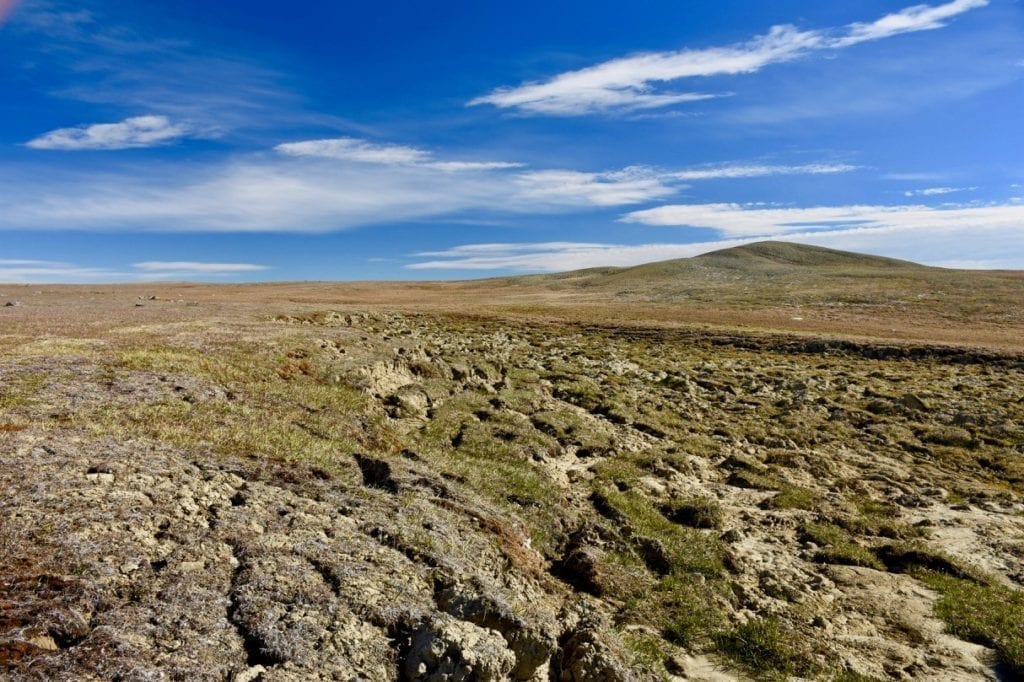
Banner and in-text images: Dr. Melissa Lafrenière
Podcast music is “Spring Cleaning” by Jay Man, www.Our-Music-Box.com
Updated: September 22, 2020.
